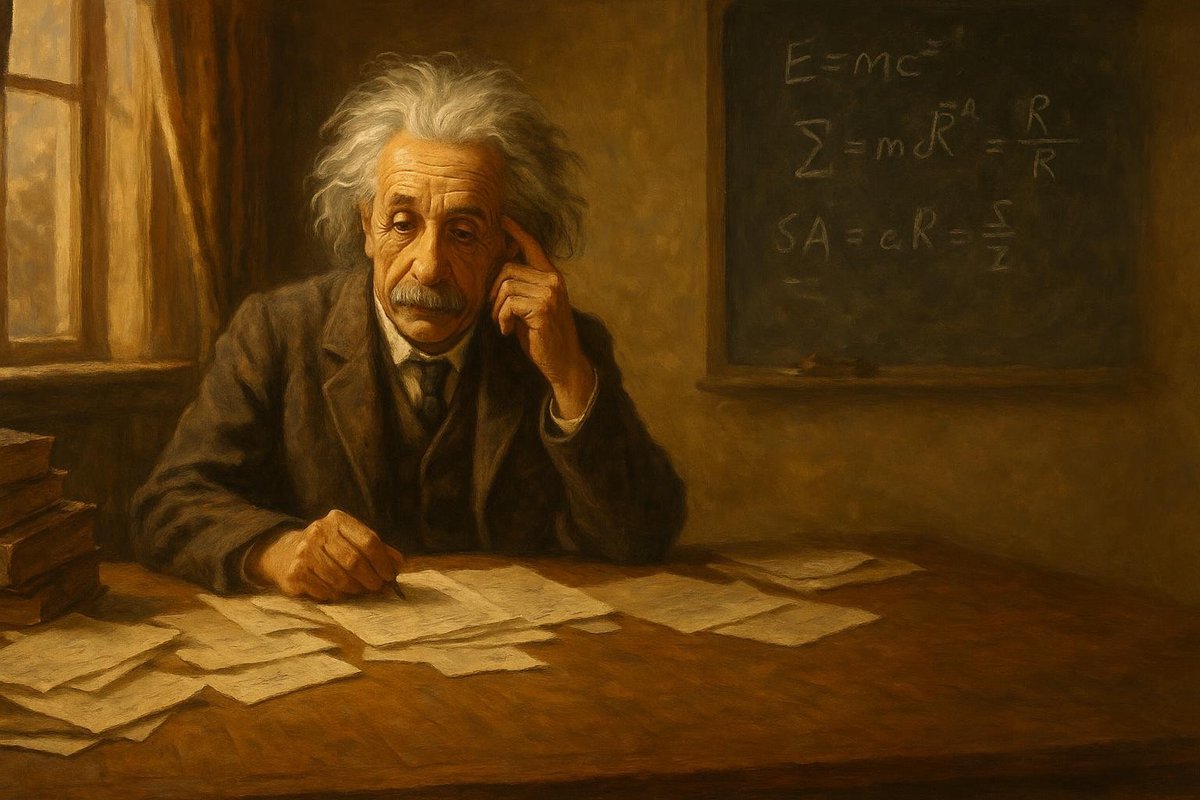
Albert Einstein, a name synonymous with genius, possessed an unrivaled ability to perceive the universe in ways few could imagine. His revolutionary ideas about space and time, encapsulated in the theory of relativity, forever altered our understanding of the cosmos. But how did this intellectual alchemist turn thought into scientific gold? Interesting to note, it was not through conventional experiments, but rather through the power of his prodigious mind.
Early Influences: The Seeds of Curiosity
Einstein’s journey began in Ulm, Germany, in 1879. A curious child, he was fascinated by the mysteries of the universe from a young age. His father’s gift of a compass revealed to him the invisible forces at play in the world, sparking a lifelong passion for uncovering hidden truths.
- Born in Ulm, Germany, 1879
- Gift of a compass ignited curiosity
- Early exposure to science through his father’s workshop
These early experiences laid the groundwork for his imaginative thinking. The compass, with its mysterious pull towards magnetic north, was a symbol of unseen forces—a concept that would become central to his later work. Einstein’s education at the Polytechnic Institute in Zurich further honed his analytical skills, providing the technical foundation for his groundbreaking theories. As time went on, it became clear that this young thinker was poised to challenge the scientific status quo.
Mental Models: Constructing New Realities
Einstein famously relied on thought experiments, or ‘gedankenexperiments,’ to explore theoretical scenarios that were impossible to test physically. These mental exercises allowed him to break free from the constraints of traditional experimentation.
- Use of thought experiments to explore theoretical concepts
- ‘Riding alongside a light beam’ scenario
- Developed special relativity in 1905
Consider his famous light beam thought experiment: What would it be like to travel alongside a beam of light? This inquiry led him to formulate the theory of special relativity in 1905, fundamentally altering our understanding of space and time. By envisioning such scenarios, Einstein was able to grasp the relativistic nature of these concepts, illustrating the power of imagination in scientific discovery.
Challenges & Resilience: Battling Doubts
Of course, groundbreaking theories do not emerge without challenges. Einstein faced skepticism from the scientific community, as his ideas clashed with the established Newtonian physics of the time.
- Skepticism from the scientific community
- Conflicts with Newtonian physics
- Persistence led to eventual acceptance
Despite initial resistance, Einstein’s resilience and dedication to his work were unwavering. He diligently refined his theories, eventually gaining support from key figures in physics. In time, his general relativity theory, which predicted the bending of light by gravity, was confirmed during the 1919 solar eclipse. This triumph not only validated his work but also captivated the world’s imagination, transforming him into a scientific icon.
Legacy: A New Understanding of Reality
Einstein’s contributions to science have left an indelible mark on the world. His theories have become pillars of modern physics, influencing countless disciplines and inspiring generations of scientists to think beyond the boundaries of traditional experimentation.
- Theories integrated into modern physics
- Inspiration for generations of scientists
- Continued relevance in contemporary research
Interestingly, his legacy extends beyond science; it is a testament to the power of imagination and innovation. By daring to question and envision what others deemed impossible, Einstein demonstrated that the universe is far more intricate and fascinating than our previous understandings. His work reminds us that curiosity and creativity can illuminate the darkest corners of our intellectual landscape.
Fuel Someone Else’s Curiosity
Einstein’s story is not just about the past. It’s a beacon for anyone curious about the world. Share this journey of imagination and discovery with friends and colleagues. Let it inspire dialogues about where the boundaries of science might take us next. After all, who knows what revolutionary thoughts are waiting to be explored in the minds of future Einsteins?

Leave a Reply